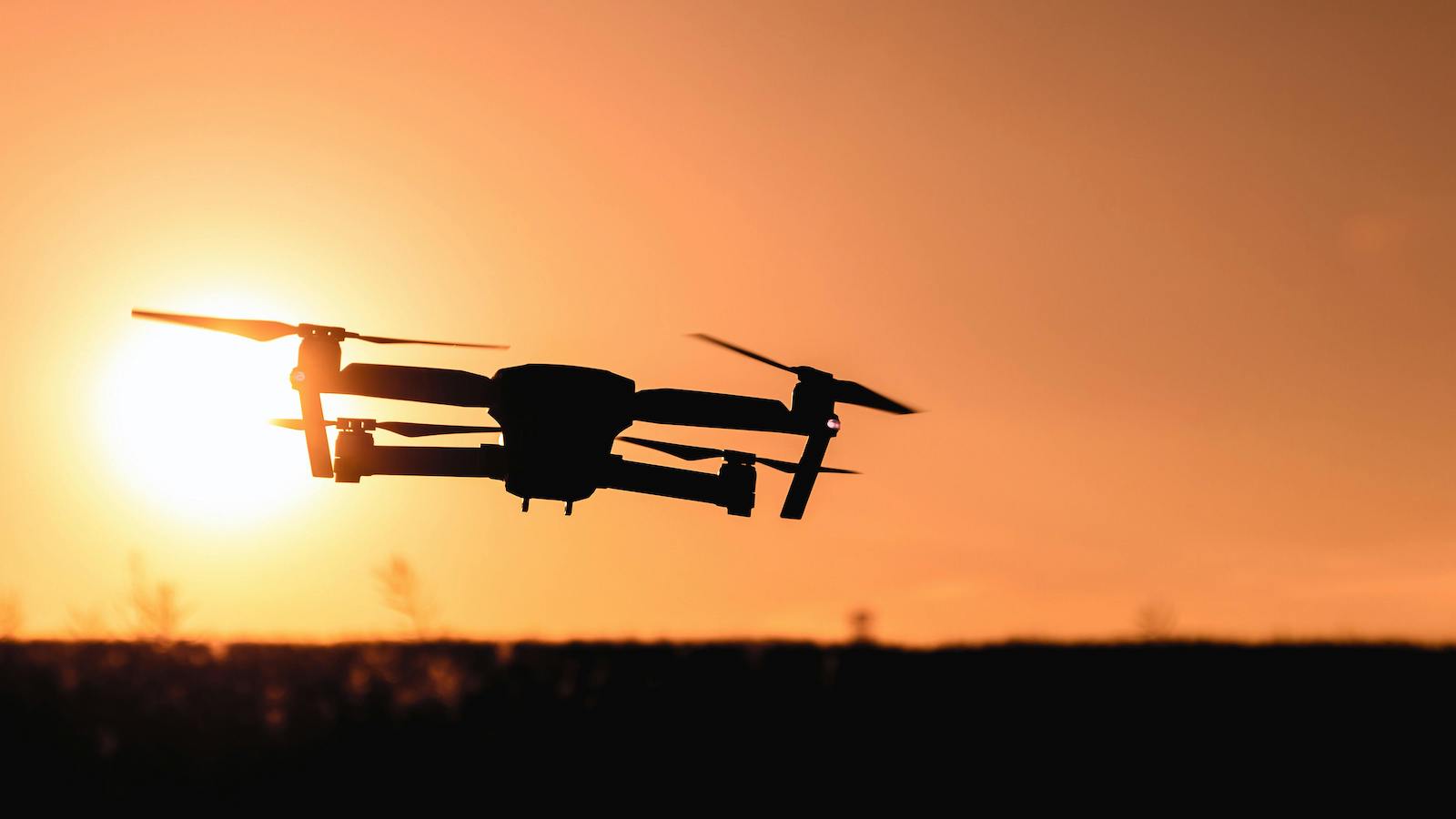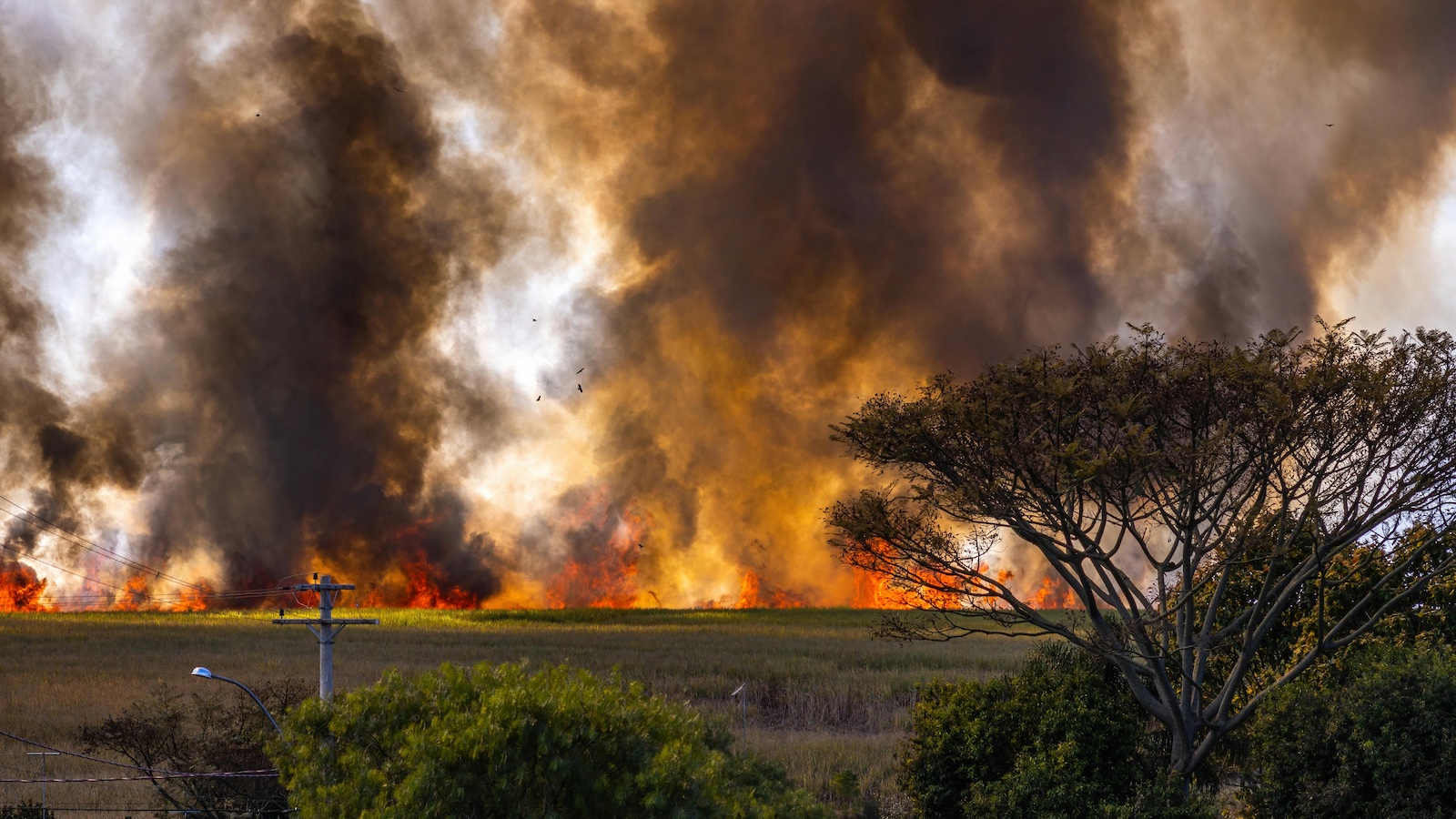Drone usage in insurance will increase this decade as it enters the mainstream. Experts say the commercial drone market will grow annually by 14% until 2030. Here are five ways drones will affect insurance companies and their imaging practices.
Changing Risk Assessment
Risk assessment will be among the biggest changes with drone-based imaging and photogrammetry. When assessing risk, insurers look for various hazards and signs of damage to determine what a client’s rate should be. Drones change this practice by increasing accuracy, considering their ability to capture images and detect details humans cannot see.
For instance, insurance companies may cover tall, hard-to-reach buildings that are challenging for employees to inspect. Drones aid human workers by taking detailed pictures of these structures and increasing accuracy when giving estimates. Complex buildings cost time and money for insurers to evaluate, so crewless aircraft have become essential in risk assessment.
Decreasing Fraud
Fraud is a consistent problem for insurers, with fraudsters taking advantage in numerous corners of the insurance industry. The FBI says non-health insurance fraud costs over $40 billion annually, causing increased premiums for American families. Drone technology can reduce fraud with its highly detailed imaging and photogrammetry systems and increase accuracy for insurers.
Some insurers instruct their customers to take photographs of the accident to determine the claim’s validity. While many users submit good pictures, insurance companies can dispatch drones to the site of the incident and collect images there. That puts more control into their hands when mitigating fraud.
Insurers can reduce the risk of fraud through drones because some customers may try to trick the system. Users may misrepresent the severity of their claim to receive a higher reimbursement than appropriate. Using drones lets insurance companies inspect a car or property before the incident and compare it with its appearance afterward. Thus, it’s harder for customers to mislead their insurers.
See also: How Technology Is Changing Fraud Detection
Improving Safety
Another important pillar of drone-based imaging and photogrammetry is the safety improvements for insurers and their customers. Crewless aircraft can increase safety by eliminating the need for employees to trek dangerous terrain to survey accident sites. Problems may arise when an insurer surveys storm damage, collapsed buildings and other hazardous structures, and drones protect employees from these liabilities.
Drones also help insurers and their employees by their ability to create detailed 3D models. The insurance company can apprise professionals of the landscape before arriving in dangerous terrain. Thus, the risk of harm decreases for workers heading to accident scenes because they know what to expect. Improving safety cuts costs and aids profitability for insurers.
Enhancing Efficiency
Drones are growing in demand across industries because of their various services. Efficiency is among the chief reasons insurance companies use them, considering their ability to capture topographical data and assess dangerous areas. Drones also speed up response and help insurers get the most accurate information on any site.
For instance, drones significantly help insurers after natural disasters strike. Roads may be too dangerous to drive, so insurers can dispatch drones. Rapid arrival means insurance companies can process claims more quickly and help those with damaged property. These benefits also reduce strain on adjusters, who can do their job more efficiently thanks to this advanced technology.
One example in the industry comes from Allstate. The company made drone usage more widespread in the late 2010s, and now it needs only 4.5 days to produce repair estimates for its customers.
Drones are still advantageous even when storms or accidents haven’t occurred. Dispatching this technology optimizes insurance company operations by reaching rural areas or hard-to-access sites like wind farms. Minimizing the need for manual inspections makes processes more efficient and can lead to cost savings for insurers.
Reducing Costs
Saving money is another premier feature of drone technology. Using crewless aircraft means humans have less responsibility for insurance, thus reducing the risk of on-the-job injuries and the associated costs. The cost-saving benefits are a significant reason why experts say commercial drone use will outpace consumer use by 2024.
Drones also reduce operational costs by eliminating the need to send somebody to a remote area or use specialized equipment to access a dangerous site. However, this feature awaits permission because the Federal Aviation Administration (FAA) requires a human operator to have a line of sight with their drone.
While operational costs are critical, insurers also benefit from reducing organizational losses. For instance, insurers using drone technology have more accurate pricing and a lowered risk of underpricing their customers when assessing rates.
See also: Cyber Trends, Risks and Opportunities in 2024
Are There Legal Concerns for Drone-Based Imaging?
While they have demonstrated their impact on claims, drones bring challenges for insurance companies they must address to ensure the staying power of this technology. What legal and ethical concerns come with drone-based imaging? Here are a few issues to watch for.
Flying Restrictions
A primary concern for insurance companies is the flying restrictions on drones in the U.S. The FAA permits flying over most areas in the country, but insurers must avoid sending their drones over restricted areas.
Illegal drone-flying sites include national parks and military bases, but insurers must also avoid dispatching their devices within five miles of airports. Special permission from air traffic control is necessary to access these areas, which can involve more red tape than required to maintain efficiency.
The insurance industry must also consider what countries ban drones or have heavy restrictions. For instance, Egypt requires drone users to receive permission from its Ministry of Defense before flying within the country. In India, only its citizens have permission to operate these advanced devices.
Limiting the use of drones means insurance companies in these countries cannot take advantage of their benefits and must find other ways to optimize their operations.
Cybersecurity
Cybersecurity is another significant issue for insurance companies and their drone usage. Drones rely on Wi-Fi and radio signals for their operations, thus opening the possibility of hacking and hijacking. Bad actors could take control of a drone’s radio signal, alter its direction or steal confidential information stored inside the machine. They could also intentionally crash the drone and cause significant losses for the insurer.
Cybersecurity liabilities are critical for insurance companies because of the sensitive data stored inside the drones. Stolen information could harm the insurer’s reputation and make it liable for data breaches and financial losses.
Privacy Concerns
Deploying drones also brings privacy concerns for insurance companies with their imaging and photogrammetry abilities. For instance, drones could cause legal trouble if they intrude on private property without permission.
While there hasn’t been much litigation, court cases have already started to shape common law throughout the states. For instance, the Michigan Supreme Court will decide a case determining whether Long Lake Township could legally use a drone to inspect somebody’s private property.
Other privacy concerns arise if drones collect biometric data, license plate numbers and additional sensitive information while inspecting accident sites. Drones can fly at lower levels than the average crewed machine, making privacy issues more pronounced.
Damage and Injury Risks
Residents may sue insurance companies for damages if they think the business has violated their privacy rights. However, the insurers could be at greater risk if the drones cause injuries or property damage during their inspections. The low-flying capabilities of drones increase the risk of colliding with humans.
While consumer machines tend to be lightweight, commercial drones are heavier and can cause more bodily harm if something malfunctions. The drones could lose power or succumb to a sudden change in weather conditions, causing the machine to fall to the ground and injure bystanders.
Leveraging Drone Technology for Insurance
The insurance industry has recently taken advantage of drone technology as companies look to optimize their operations. Drones provide opportunities to save money, decrease fraud and improve risk management. However, there are also legal and ethical concerns to watch as more guidance and common law emerge. Regardless, drone technology is here to stay for insurers.








